| FBB MSU site | Main page | About me | Terms |
Enzymes and metabolic pathways
Database KEGG
General information about the pantothenate and CoA biosynthesis
The main reference - KEGG page.
Pantothenate is the precursor of coenzyme A (CoA), the acyl carrier in scores of reactions. Pantothenate is made in the cytosol from pantoate and β-alanine, then converted to CoA in five steps, all probably cytosolic (Webb and Smith, 2011); the fifth step may also occur in plastids and peroxisomes. The three-step pathway to pantoate is not fully defined, but it is clear that step two, conversion of α-keto-isovalerate to ketopantoate, is mitochondrial (Ottenhof et al., 2004). Step one, α-keto-isovalerate formation from valine, is thus likely catalyzed by a mitochondrial branched chain aminotransferase (Taylor et al., 2004). The enzyme for step three (ketopantoate reduction to pantoate) is not known, so it is unclear whether this step is located in mitochondria or the cytosol. The details of the pantothenate and CoA biosynthesis (especially their compartmentalization) in plants are far from being elucidated. [wiki article]
| Pantothenate is a member of B-group vitamins. It is the precursor of coenzymes: 4'-phosphopantetheine, dephospho-Coa and CoA-SH. CoA plays a key role in the synthesis and oxidation of fatty acids, and the oxidation of pyruvate in the citric acid cycle. There are different substanses which are required in pantothenate and CoA biosynthesis. They are members of other methabolic processes. For example, piruvate is a main product of glycolisis. In addition aminoacid biosinthesis and propanoat metabolism are required. | 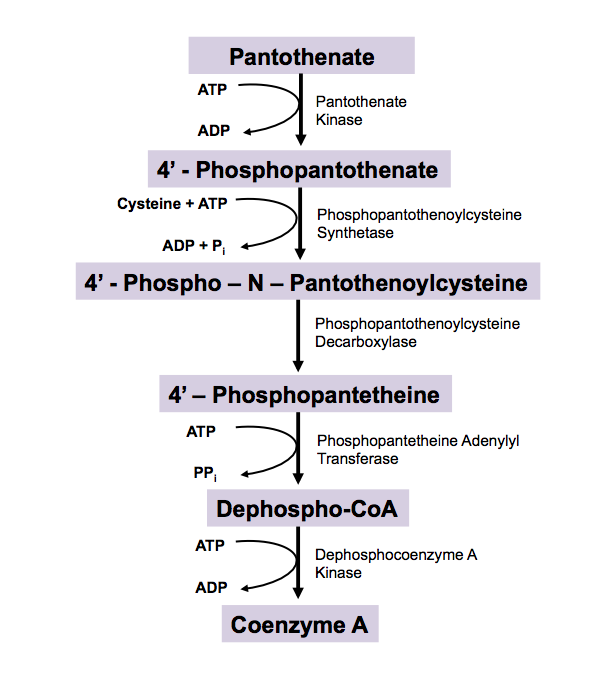 Figure 1. Scheme of CoA biosynthesis from pantotein. |
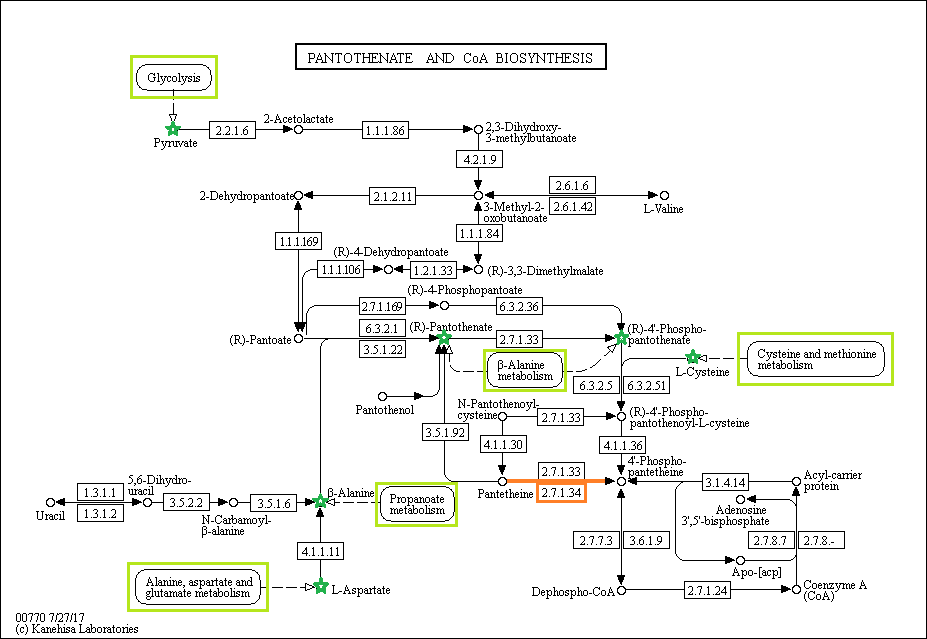
Figure 2. Pantothenate and CoA biosynthesis. General scheme.
Green squares - metabolic processes linked with pantothenate and CoA biosynthesis
Green stars - substanses which link pantothenate and CoA biosynthesis with other metabolism pathways.
Orange square and line - reaction requires ATP (see the last part of the task).
Metabolic pathways in organisms
Coenzyme A is nessesary component of life for all cell organisms (as far as I know). So this metabolic pathway presents in all living things. Below you can see a few examples of the pathway scheme in eukaryotic and prokaryotic organisms. But there are different sets of reactions in different taxons. I think the whole chain of reactions may not exist in Archae, but it exist in other taxons.
Eukaryota
Taeniopygia guttata (zebra finch)
Kingdom: Animalia
Phylum: Chordata
Class: Aves
KEGG DB link

Figure 3. Pantothenate and CoA biosynthesis in bird.
Chondrus crispus (carragheen)
(unranked): Archaeplastida
Division: Rhodophyta
Class: Florideophyceae
KEGG DB link

Figure 4. Pantothenate and CoA biosynthesis in aglae.
Anthracocystis flocculosa
Kingdom: Fungi
Phylum: Basidiomycota
Class: Ustilaginomycetes
KEGG DB link
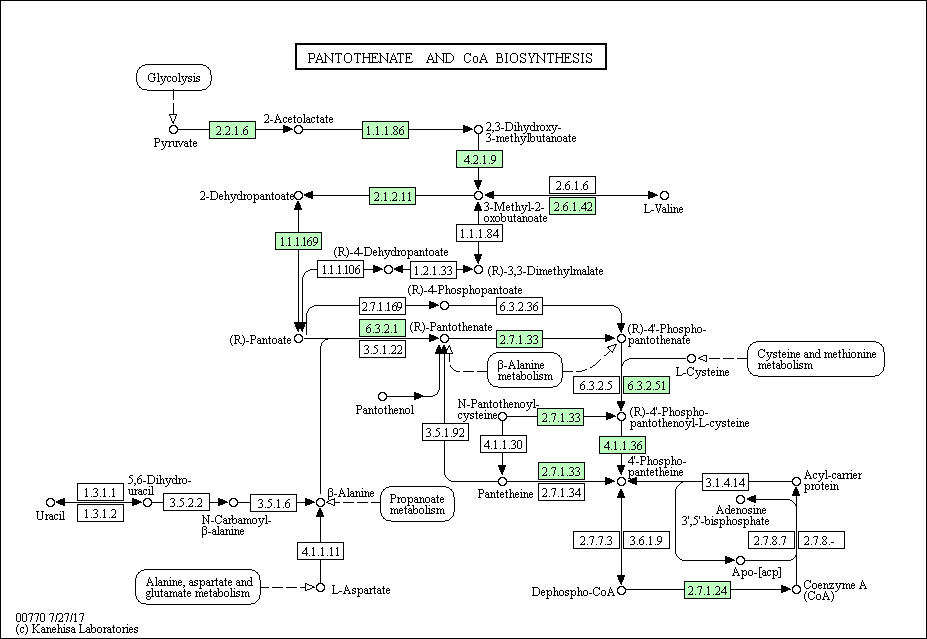
Figure 5. Pantothenate and CoA biosynthesis in fungi.
Leishmania donovani
(unranked): Excavata
Phylum: Euglenozoa
Class: Kinetoplastida
KEGG DB link
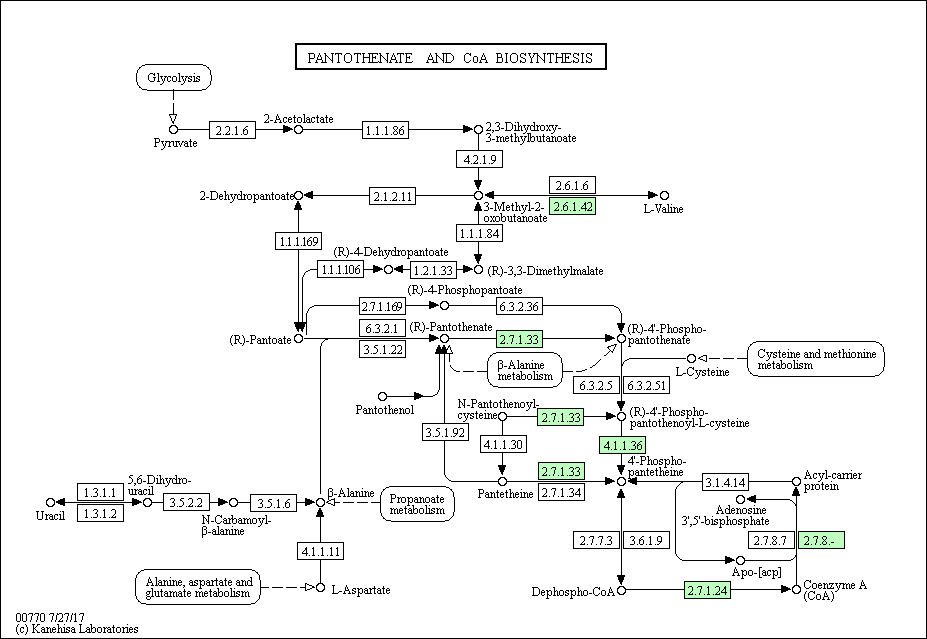
Figure 6. Pantothenate and CoA biosynthesis in protist.
Bacteria
Enterobacter cloacae ECNIH3
Kingdom: Bacteria
Phylum: Proteobacteria
Class: Gamma Proteobacteria
KEGG DB link
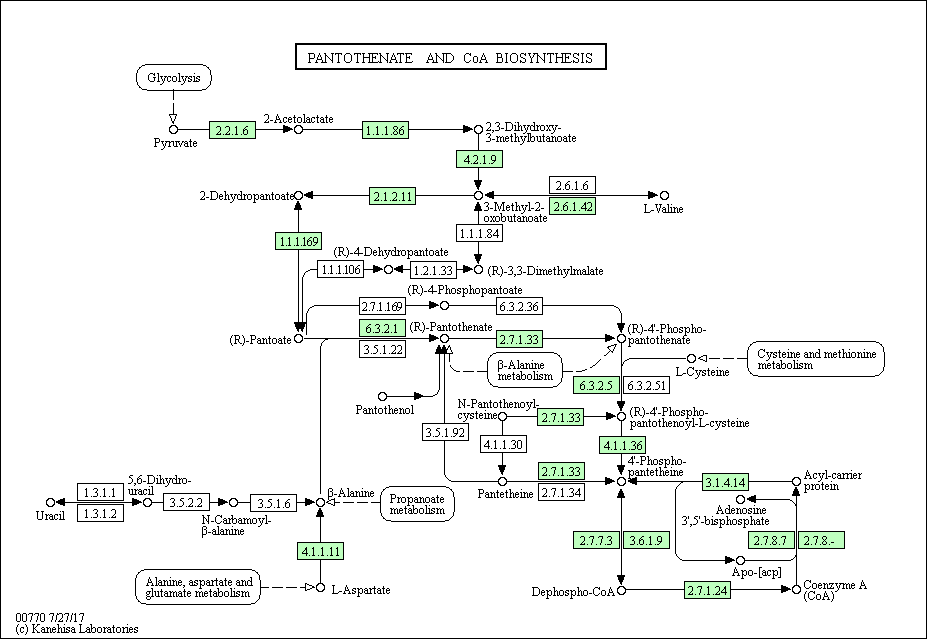
Figure 7. Pantothenate and CoA biosynthesis in bacteria.
Archae
Methanosarcina mazei C16
Kingdom: Euryarchaeota
Phylum: Euryarchaeota
Class: Methanomicrobia
KEGG DB link

Figure 8. Pantothenate and CoA biosynthesis in archae.
Transferring phosphorus-containing groups in CoA biosynthesis (KEGG DB)
Reaction description you ca see here. It is a reaction of phosphorilation of pantetheine: ATP + Pantetheine <=> ADP + Pantetheine 4'-phosphate. Reaction scheme you can see below (fig. 9).

Figure 9.Transferring phosphorus-containing groups with pantetheine.
| Term 4 |
| ← Block2 | Pr 11 → |
© Darya Potanina, 2018